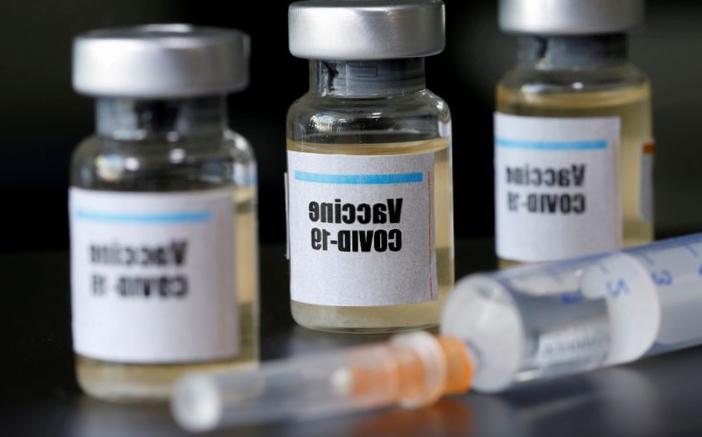
25 Nov EXPLAINER: How the 3 COVID-19 vaccine candidates compare
Three vaccine candidates have been announced so far. Pfizer/BioNTech the first to announce its results, followed a week later by Moderna, but that vaccine is still in trials, then the University of Oxford/AstraZeneca vaccine announced its phase three results on 23 November.
How they work
Both the Pfizer and Moderna jabs use technology known as mRNA, which introduces into the body a messenger sequence that contains the genetic instructions for the vaccinated person’s own cells to produce the antigens and generate an immune response.
However the Oxford vaccine works like a traditional inoculation where a spike protein of the virus is injected which the immune system builds up a response to if the real virus enters the body.
mRNA technology has not been used before in vaccines, which brings both solutions and problems.
All of them require two doses, with Pfizer’s three weeks apart, and Moderna and Oxford’s four weeks apart.
Final data from the Pfizer vaccine found it offers 95% protection against the virus within 28 days of the first dose.
It also proved 94% effective among adults over the age of 65 – who are generally more vulnerable.
Moderna’s results indicate 94.5% effectiveness but it said the trials are ongoing and the final number could change.
The Oxford trial found with two doses its vaccine was 62% effective, but when people were given a half dose followed by a full dose at least a month later its efficacy rose to 90%.
Storage
One of the main differences between the candidates is how they need to be stored. The Moderna vaccine is much easier to distribute than the Pfizer jab, around which there are concerns – but the Oxford one is the easiest of them all.
During shipment and storage, the Pfizer vaccine must be kept at around -70C (-100F) to maintain optimal efficacy and it also has to be mixed with another liquid before it can be administered.
Pfizer has developed its own packaging to keep doses cold with dry ice so they can be stored for 10 days without specialised freezers, but doses would still have to be flown from Belgium then sent to vaccination centres in trucks with thermo sensors and GPS trackers.
The Moderna vaccine has been shown to last for up to 30 days in household fridges, at room temperature for up to 12 hours, and remains stable at -20C – equal to most household or medical freezers – for up to six months.
The company claims mRNA-1273 can be distributed using widely available vaccine delivery and storage infrastructure – with no dilution required prior to vaccination.
Like most other vaccines, the Oxford one will need to be sent to vaccination centres in refrigerated vans or cool boxes and stored in a special vaccine fridge between 2C to 8C and protected from light.
Cost Implications
According to Sky News, each of the three vaccines’ price tags varies widely, although this will be paid for by the government so will be free for those using the NHS.
The Moderna vaccine is very expensive. It was pitched for $38 (£28) a dose during the summer – much higher than Pfizer, at $20 (£15).
The Oxford/AstraZeneca vaccine will be much cheaper, with the company saying it will cost the government “the same as a cup of coffee”, with Sky News understanding that will be a little under £3 per dose, with one and a half or two doses needed.
AstraZeneca said it will not sell it for a profit so it is available to all countries, no matter the size of their economy.
Moderna – a commercial company – has an interest in making profits while the researchers for Pfizer made sure it will be made not-for-profit as long as the pandemic continues.


Sorry, the comment form is closed at this time.